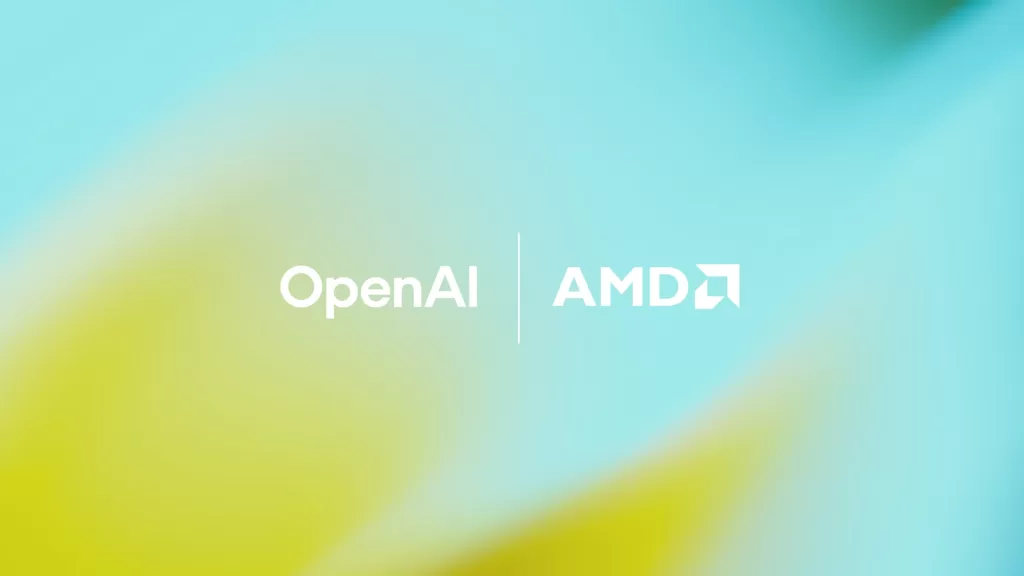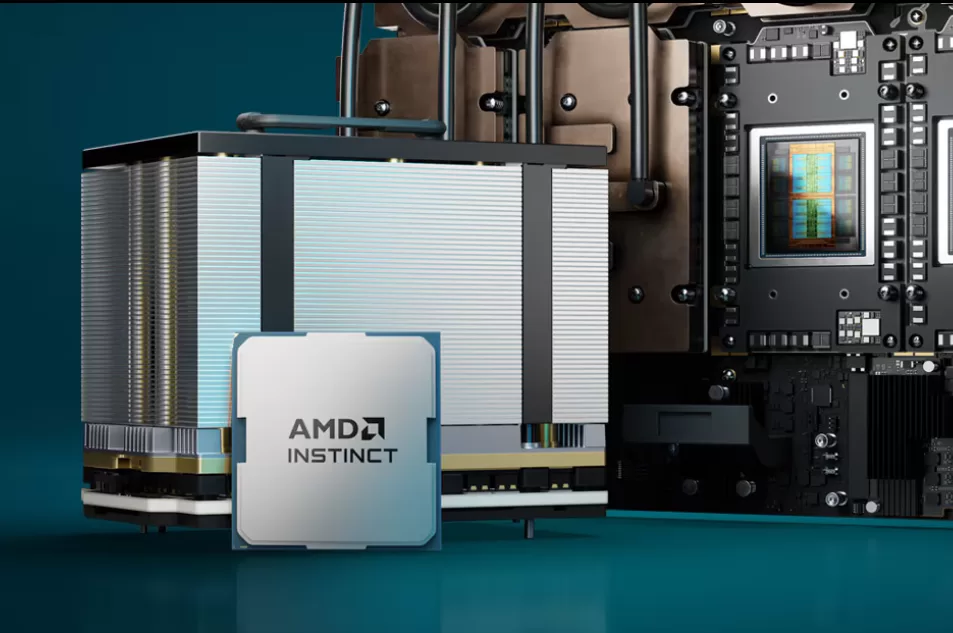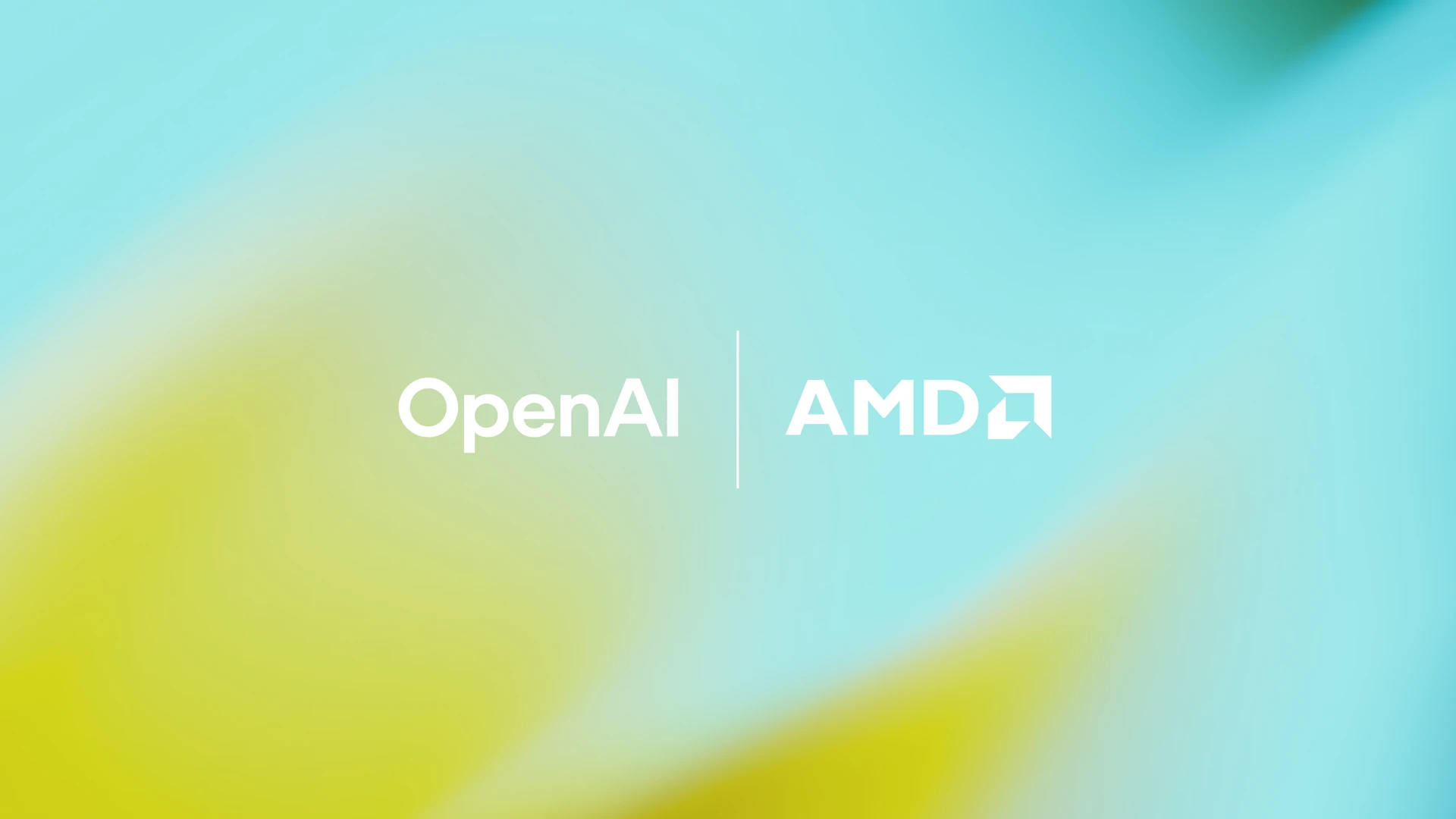AMD and OpenAI have forged a landmark strategic partnership, announcing a massive deployment of AMD’s next-generation GPUs intended to power OpenAI’s rapidly expanding AI infrastructure. This multi-year, multi-generational agreement is not just a hardware supply deal; it fundamentally repositions AMD as a core strategic compute partner to OpenAI and aims to diversify the entire AI ecosystem, which has long relied on a single dominant supplier.

The sheer scale of the commitment is unprecedented: OpenAI plans to deploy up to six gigawatts (GW) of AMD Instinct GPUs to power its next-generation AI infrastructure. To put this immense compute power into perspective for the layperson, six gigawatts is roughly equivalent to the energy consumption of five million U.S. households.
The Technical Roadmap: Scaling to Massive Compute
The partnership is built on a clear, multi-generational hardware roadmap. The initial phase of deployment will begin in the second half of 2026, featuring the debut of AMD’s cutting-edge Instinct MI450 series GPUs. The first physical rollout will be a massive one-gigawatt (1GW) cluster powered by these new accelerators. The agreement will then systematically scale up to the full six-gigawatt capacity across future generations of AMD’s rack-scale AI solutions.
For AMD, this commitment validates years of research and development in its Instinct GPU roadmap and its open-source ROCm software platform. For OpenAI, the partnership represents a critical strategic move, securing a long-term, diverse supply of the high-performance computing power required to advance its generative AI models, such as ChatGPT, and enable the development of increasingly complex systems.

As Sam Altman, co-founder and CEO of OpenAI, stated, this alliance is a “major step in building the compute capacity needed to realize AI’s full potential,” and AMD’s hardware leadership will allow them to “accelerate progress and bring the benefits of advanced AI to everyone faster”.
The Practical Impact: Revenue and Collaboration
The collaboration is much deeper than a standard vendor-client relationship; it involves a significant sharing of technical expertise. Both companies will work together to optimize their product roadmaps, with OpenAI’s experience in deploying large language models (LLMs) directly influencing AMD’s future chip design, system architecture, and the refinement of its ROCm software stack. This deep integration is essential for closing the gap with incumbent providers and fostering a true multi-vendor ecosystem in AI hardware.
Financially, the deal is transformative for AMD. The company expects the agreement to generate tens of billions of dollars in revenue over time. To further align strategic interests, AMD has issued OpenAI a warrant to acquire up to 160 million shares of AMD common stock at a symbolic price. This warrant is highly performance-based, vesting in stages as the companies reach specific deployment milestones—from the initial 1GW deployment up to the full 6GW—and as AMD achieves certain share-price targets.
This innovative financial structure creates a powerful incentive for both parties: OpenAI is now invested in AMD’s profitable growth, and AMD is strongly incentivized to deliver on its ambitious AI compute promises at hyperscale. Ultimately, this partnership is a defining moment for the AI infrastructure market, validating AMD’s technological capabilities and setting the stage for a new, competitive era in high-performance computing.






